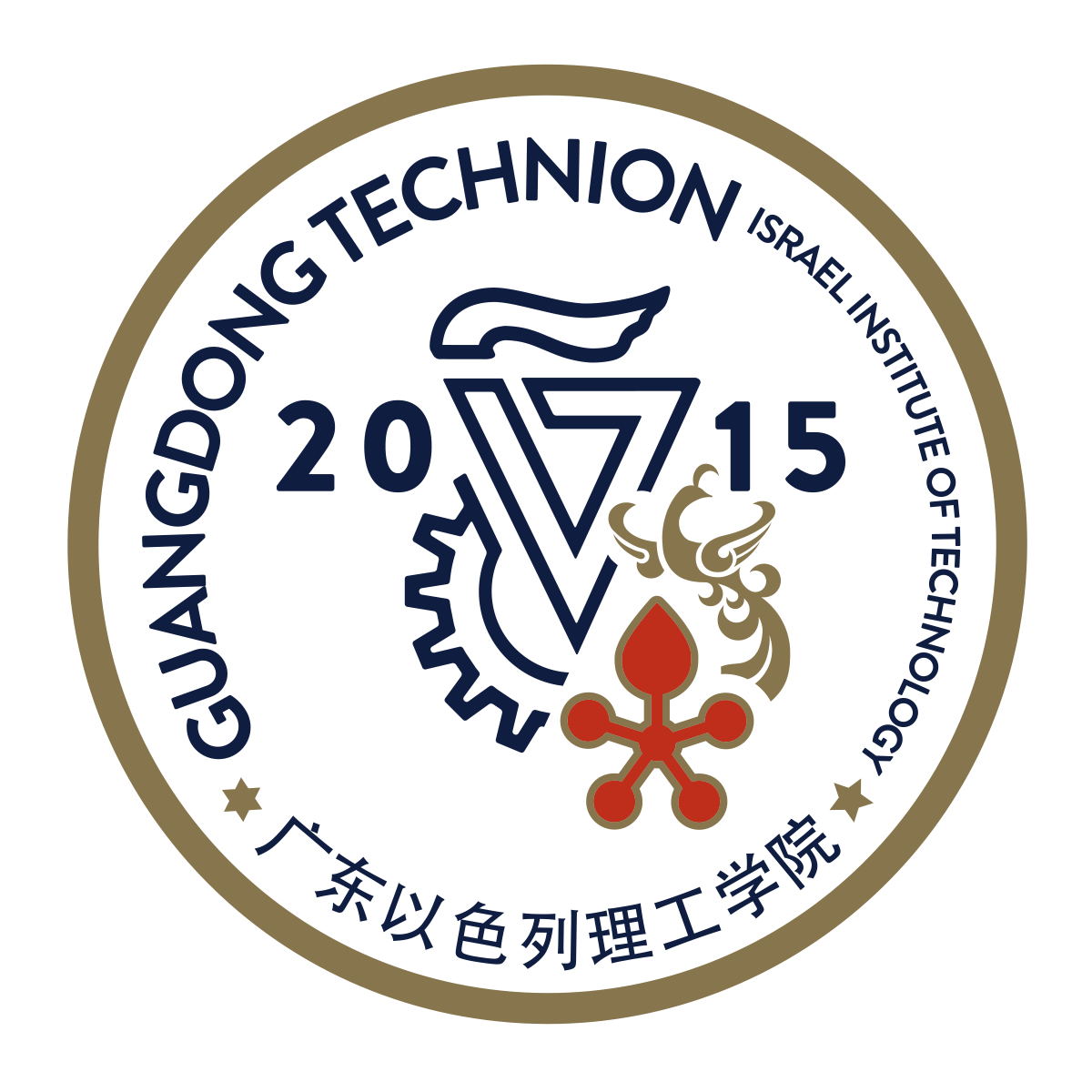Research Projects
(1) Biaxia’s project is to explore the potential of tea waste valorization by using the biorefinery concept. Biorefinery of tea waste will be studied through three stages of treatment: 1) solid state fermentation done for extracting compounds with a higher value, 2) biogas/green energy production by anaerobic digestion and 3) soil application in the form of soil bio-solarization.. Our hypothesis is that by implementing the biorefinery concept to valorize tea waste a more sustainable and economical process than the methods currently used to treat tea waste can be achieved.

(2) The main idea of Xiaohui’s project is that through detecting changes in the involved respiratory gases (the volatilome) that are caused by the activity of the strawberries’ surface microbiome, a fingerprint of MVOCs profile can be elucidated by using a new simulation system built in the lab. The specific trends and fingerprints of VOCs that will be identified will be correlated by using ‘omics’ tools to examine the changes in the microbiome found along time on strawberries’ surfaces. The results can serve as a simple and more accurate indicator system for detecting the stages of spoilage in comparison to current methods. Moreover, we will study the differences of microbiome and VOCs between common preservation techniques and try to link the key VOCs to their origin microorganisms. The expected outcome of this study are new indicators as well as better understanding of post-harvest strawberries spoilage
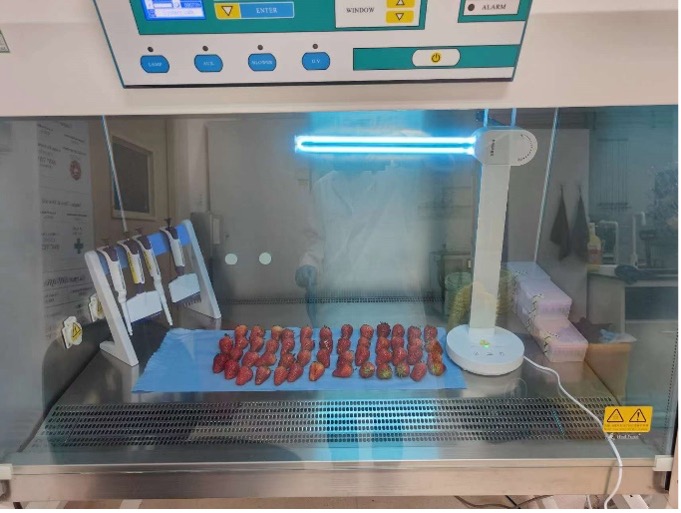


(3) Peirong’s research project is related to the kinetic studies of the simulated storage and development of a control delivery system for Citri Reticulatae Pericarpium (CRP, “Chenpi” in Chinese). CRP is the sun-dried tangerine pericarp and has been widely used as food and traditional Chinese medicine. She planned to investigate the impacts of storage conditions on the safety and quality of CRP and develop new and efficient methods for its quality control, then design a controlled delivery system to improve the in vitro stability and bioaccessibility of active compounds during the gastro-intestinal digestions of humans.
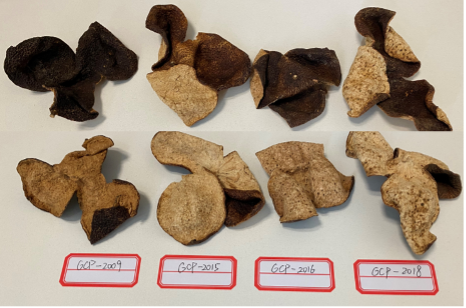
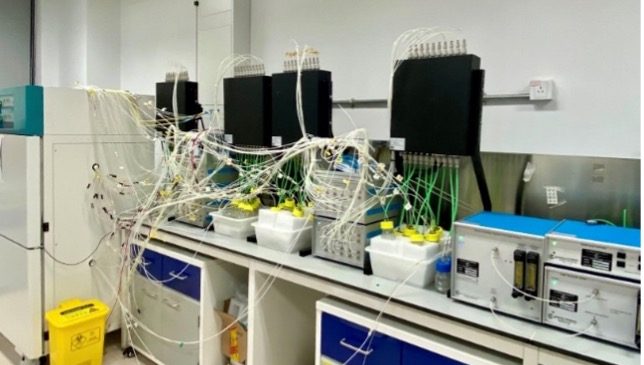
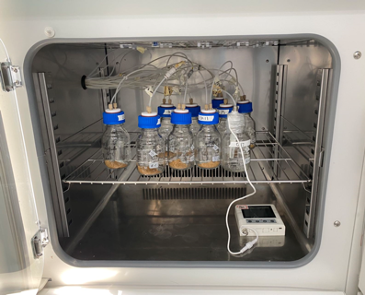
4) Municipal food waste poses a worldwide challenge for sustainable development of cities, and the conventional disposal of food waste such as landfill requires a lot of manpower and environmental resources. Valorization of food waste in a circular economy manner is a new way to address this problem. In this research, we will use general food waste residues and eggshells that were obtained from GTIIT’s canteen and examine them as soil amendments for soil biosolarization (SBS), which is an environment-friendly soil disinfestation method. A unique laboratory simulation system will be used to mimic field conditions, monitor soil respiration and follow emitted volatile organic compounds (VOCs) during the SBS process. The potential microbial safety of using general food waste and eggshells, which is cross-contamination with common human pathogens will be studied. Residual phytotoxicity and weed inactivation will be evaluated in the greenhouse system to evaluate the practical effects of these SBS processes on planting. The findings of this research may provide important knowledge regarding the commercial implementation of SBS that is using general food waste and eggshells from municipal and food processing as amendments.


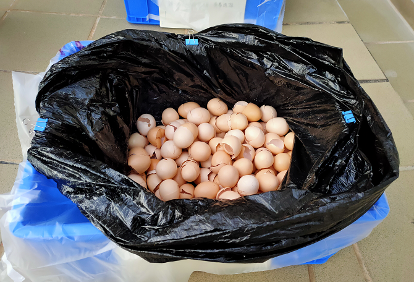
(5) Yuying’s project is focused on the investigation of the potential of ionic liquids for extracting tea residues. The primary goal is to assess the feasibility of utilizing these unique solvents and explore their effectiveness in removing tea residues. Additionally, the project aims to study the role of specific VOCs as indicators during the extraction process, providing valuable insights into the progress and concentration of the extracted compounds. By exploring the application of ionic liquids in food residue extraction, Yuying’s research has broader implications for environmental protection. The use of ionic liquids as solvents offers several advantages, such as their low volatility and high solubility, making them more environmentally friendly alternatives to conventional solvents. This research not only contributes to a deeper understanding of the mechanisms underlying the extraction process but also promotes sustainable practices in food waste management.
In summary, Yuying’s project on the feasibility of using ionic liquids for tea residue extraction and the investigation of specific VOCs as indicators of extraction progress holds significant promise. The research not only contributes to environmental protection by exploring sustainable extraction methods but also opens avenues for future collaborations and potential economic benefits through the application of findings in industry settings.

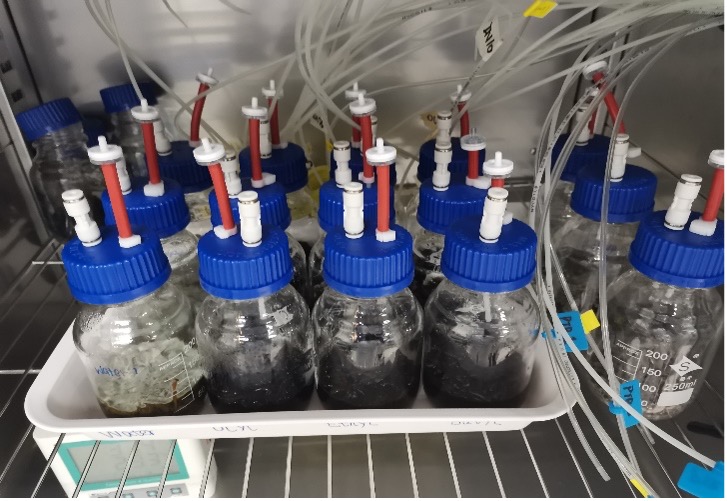
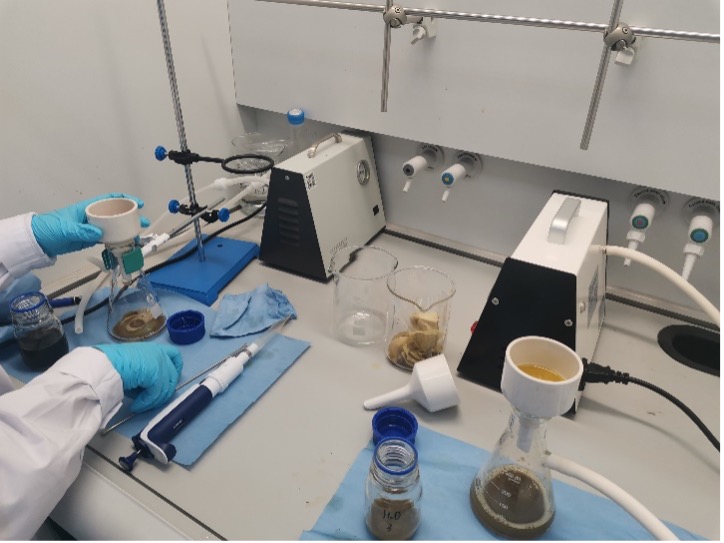
(6)Biodegradation process of plastics and its environmental effects
With their low cost, good ductility, and stability, plastics are widely used in many aspects of our lives1, including agriculture. A well-known application is plastic mulch film (PFM), which plays an essential role in agricultural practices due to its benefits for soil water retention, soil temperature control, weed suppression, and improving crop production. In agricultural practice, most farmers do not properly dispose of the mulch film after using it, or the film is broken into small pieces that they couldn’t recycle after cultivation, as a result, a large amount of plastic residue is left in the soil environment. Therefore, we are making effort on evaluation of degradation process for plastics in different level by using the unique simulation system. At the meanwhile, we are trying to introdue novel biodegradable polymer for the mulching, which may help further estiblish the sustainable agriculture. The last but not least, we hope combine machine learning and Metagenomics to draw a comprehesive model of biodegradation.
(7)The main purpose of liye’s project is to compare between those bacteria that are found on the tunnel of the udder of dairy cows depending on whether the cow is with or without mastitis, and investigating the impact of those bacteria on the quality of raw milk at the nano particles level. We also try to find a new way to detect the quality of milk.

